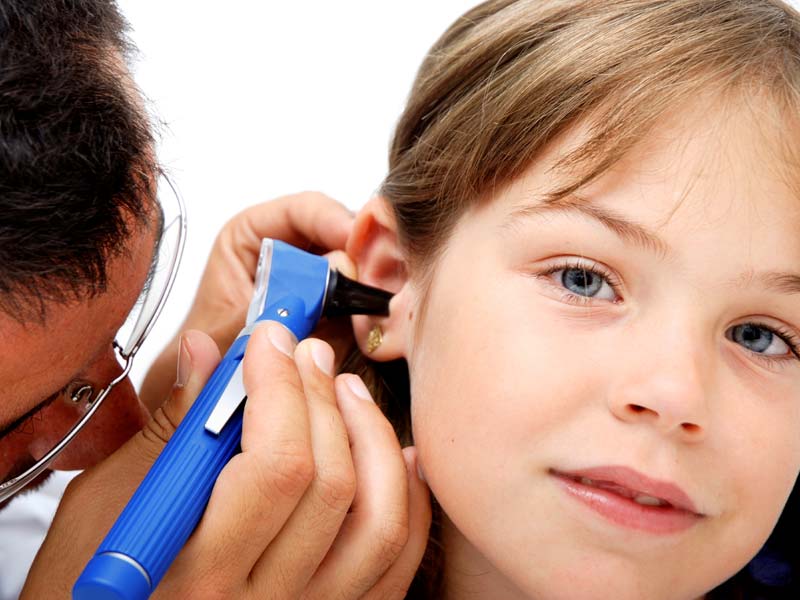
The auricle (the outer part of your ear) and the ear canal (the passage down to the eardrum) serve not only to collect and funnel sound, they also serve to amplify sound. The ear canal, specifically, amplifies sound in the high frequencies (for an adult, typically in the region between 2000-4000 Hz). The exact amount of amplification, the ear canal resonance, is particular to the individual and depends on, for example, the length, volume and curvature of the canal.
In general, the smaller the ear canal, the more amplification in the higher frequencies. Infants and small children have tiny ear canals and are therefore typically more bothered by loud high frequency sounds. The term hyperacusis refers to individuals who are highly sensitive to and bothered by certain sounds (usually loud high pitched sounds). Hyperacusis can have many causes though, in my experience, is more often found in individuals with smaller ear canals (such individuals are also often more susceptible to noise induced hearing loss for the same reasons).
Anything placed inside the canal (a foam earplug for example) can destroy ear canal resonance. When it comes to protecting the ear against loud sounds, a foam ear plug is certainly better than no protection; however, if one wishes to protect the ear and preserve the quality of the sound, ear canal resonance must be maintained.
There are two types of earplugs which can help maintain ear canal resonance, both produced by Etymotic Research: an off-the-shelf version (ETY plugs) and a custom version (e.g., ER 15s). The ETY plugs use a tuned resonator and acoustic resistor to replicate the frequency response of the average ear canal. The custom earplugs use a specialized acoustic button which helps maintain the exact resonance of an individual’s ear canal. The custom plugs have the additional advantages of retention, comfort and reusability.
Earplugs which maintain the resonance of the human ear canal are useful for people working in loud noise who need to communicate with their co-workers, for people attending loud concerts, for musicians who play loud music, for children who are bothered by loud noise in the classroom and for those with hyperacusis. I use my ER15s during my commute to work as the road noise requires me to turn my music up to levels that would otherwise damage my hearing. I also use them on airplanes, when mowing the lawn and anytime I listen to music where I do not have control over the volume.

